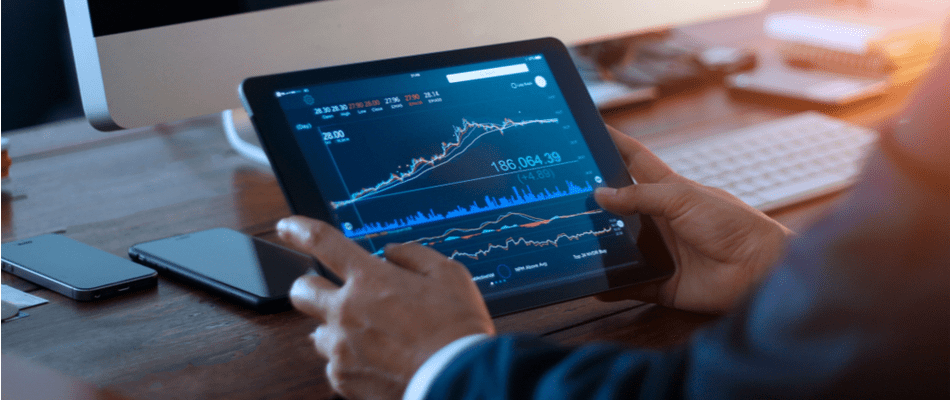What do ongoing costs entail?
If you are already a fund investor, you may be familiar with the term TER, which stands for Total Expense Ratio. However, this term does not give a good picture of the costs, and has been replaced by the term ‘ ongoing costs investment funds ‘, or ‘ongoing changes’. The ongoing costs show you at a glance what percentage of the total fund value is spent on management and operational (and other) costs. These costs together are withheld from the total fund assets by the fund manager.
The fund manager’s ongoing costs consist of:
- The management fee for managing the investment fund
- Operational costs (such as: administration, accountant, lawyers, marketing and supervision)
- Other costs (for example, lending shares or investing in other funds)
The management fee is part of the ongoing costs, you pay this to the fund manager for managing the investment fund in question. For bond funds you pay an average of 0.4% of the total fund value, while for equity funds you can assume an average percentage of 0.85%. The fund can become less valuable, because the fund manager determines what the management fee is and how it is deducted from the fund assets.
Why are the Running Costs (OCF) being introduced?
The Dutch legislator, like the European legislator, has decided to make the OCF (Ongoing Charges Figure) mandatory for investment funds offered to private investors.

What is the difference between the TER and OCF?
For the calculation of the average intrinsic value of the fund, the OCF uses more moments than the TER calculation. The advantage of this is that the calculations of the OCF become more accurate. For the rest, there are many similarities between the TER and the OCF.
The following applies: the lower the investment costs, the higher the final net return on your investments. The advisory and service costs, the ongoing costs of investment funds and the transaction costs affect your final return.
Look beyond the ongoing costs
Many investors often select funds based on the ongoing costs alone. The reason for this is that mutual funds have a poor track record due to high costs (cost ratios). The ongoing costs are not the all-encompassing measure of the owner’s costs. Consider, for example, index funds , which end up at the bottom of their own category in terms of ongoing costs.
In an active approach, such as with stocks, both the total transaction costs and the costs per individual transaction can be high. The return can be influenced by costs such as provincial and transaction costs.
When comparing different impacts on a car with the return, the maintenance costs of your car would be a good point of comparison. For example, if you brake too hard or accelerate too quickly very often, you have a chance of higher costs at the annual MOT inspection due to the extra wear and higher fuel consumption. The same story actually applies to excessive trading; this can lead to negative, fiscal consequences for a fund.
The consequence of this is that the costs for investors holding taxable accounts can continue to rise. The solution is simple: ensure that existing transaction costs are limited by not unnecessarily accelerating the turnover rate. This will allow you to keep the costs per transaction under control.
View our step-by-step plan for choosing an investment fund.
Compare brokers and start investing
Are you excited about investment funds after reading this article? Check out the range of brokers that offer investment funds and find the broker that suits you best! Pay attention to the extent to which you want to invest in investment funds, because there are various choices you can make. The ongoing costs are one of them.